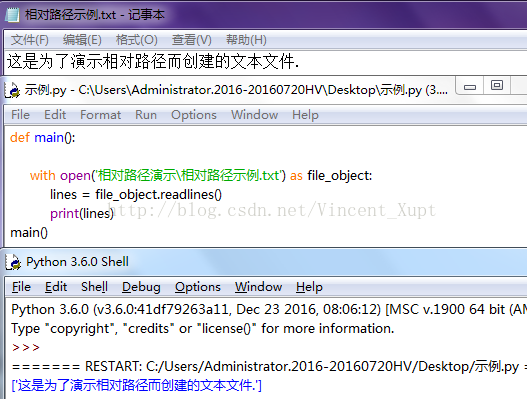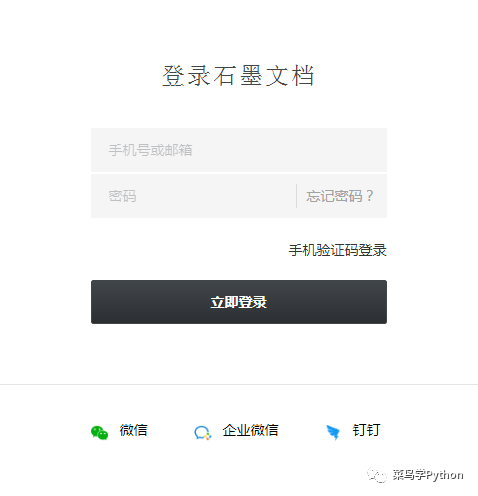Django应用程序入口WSGIHandler源码解析
前言
WSGI 有三个部分, 分别为服务器(server), 应用程序(application) 和中间件(middleware). 已经知道, 服务器方面会调用应用程序来处理请求, 在应用程序中有真正的处理逻辑, 在这里面几乎可以做任何事情, 其中的中间件就会在里面展开.
Django 中的应用程序
任何的 WSGI 应用程序, 都必须是一个 start_response(status, response_headers, exc_info=None) 形式的函数或者定义了 __call__ 的类. 而 django.core.handlers 就用后一种方式实现了应用程序: WSGIHandler. 在这之前, Django 是如何指定自己的 application 的, 在一个具体的 Django 项目中, 它的方式如下:
在 mysite.settings.py 中能找到如下设置:
# Python dotted path to the WSGI application used by Django's runserver. WSGI_APPLICATION = 'tomato.wsgi.application'
如你所见, WSGI_APPLICATION 就指定了应用程序. 而按图索骥下去, 找到项目中的 wsgi.py, 已经除去了所有的注释:
import os
os.environ.setdefault("DJANGO_SETTINGS_MODULE", "tomato.settings")
from django.core.wsgi import get_wsgi_application
application = get_wsgi_application()
因此, WSGI_APPLICATION 所指定的即为 wsgi.py 中的全局变量 application. 故伎重演, 继续找下去. 在 django.core 模块中的 wsgi.py 中找到 get_wsgi_application() 函数的实现:
from django.core.handlers.wsgi import WSGIHandler def get_wsgi_application(): """ The public interface to Django's WSGI support. Should return a WSGI callable. Allows us to avoid making django.core.handlers.WSGIHandler public API, in case the internal WSGI implementation changes or moves in the future. """ """ # 继承, 但只实现了 __call__ 方法, 方便使用 class WSGIHandler(base.BaseHandler): """ return WSGIHandler()
在 get_wsgi_application() 中实例化了 WSGIHandler, 并无其他操作.
WSGIHandler
紧接着在 django.core.handler 的 base.py 中找到 WSGIHandler 的实现.
# 继承, 但只实现了 __call__ 方法, 方便使用
class WSGIHandler(base.BaseHandler):
initLock = Lock()
# 关于此, 日后展开, 可以将其视为一个代表 http 请求的类
request_class = WSGIRequest
# WSGIHandler 也可以作为函数来调用
def __call__(self, environ, start_response):
# Set up middleware if needed. We couldn't do this earlier, because
# settings weren't available.
# 这里的检测: 因为 self._request_middleware 是最后才设定的, 所以如果为空,
# 很可能是因为 self.load_middleware() 没有调用成功.
if self._request_middleware is None:
with self.initLock:
try:
# Check that middleware is still uninitialised.
if self._request_middleware is None:
因为 load_middleware() 可能没有调用, 调用一次.
self.load_middleware()
except:
# Unload whatever middleware we got
self._request_middleware = None
raise
set_script_prefix(base.get_script_name(environ))
signls.request_started.send(sender=self.__class__) # __class__ 代表自己的类
try:
# 实例化 request_class = WSGIRequest, 将在日后文章中展开, 可以将其视为一个代表 http 请求的类
request = self.request_class(environ)
except UnicodeDecodeError:
logger.warning('Bad Request (UnicodeDecodeError)',
exc_info=sys.exc_info(),
extra={
'status_code': 400,
}
)
response = http.HttpResponseBadRequest()
else:
# 调用 self.get_response(), 将会返回一个相应对象 response<br> ############# 关键的操作, self.response() 可以获取响应数据.
response = self.get_response(request)
# 将 self 挂钩到 response 对象
response._handler_class = self.__class__
try:
status_text = STATUS_CODE_TEXT[response.status_code]
except KeyError:
status_text = 'UNKNOWN STATUS CODE'
# 状态码
status = '%s %s' % (response.status_code, status_text)
response_headers = [(str(k), str(v)) for k, v in response.items()]
# 对于每个一个 cookie, 都在 header 中设置: Set-cookie xxx=yyy
for c in response.cookies.values():
response_headers.append((str('Set-Cookie'), str(c.output(header=''))))
# start_response() 操作已经在上节中介绍了
start_response(force_str(status), response_headers)
# 成功返回相应对象
return response
WSGIHandler 类只实现了 def __call__(self, environ, start_response), 使它本身能够成为 WSGI 中的应用程序, 并且实现 __call__ 能让类的行为跟函数一样, 详见 python __call__ 方法.
def __call__(self, environ, start_response) 方法中调用了 WSGIHandler.get_response() 方法以获取响应数据对象 response. 从 WSGIHandler 的实现来看, 它并不是最为底层的: WSGIHandler 继承自 base.BaseHandler, 在 django.core.handler 的 base.py 中可以找到: class BaseHandler(object):...
这一节服务器部分已经结束, 接下来的便是中间件和应用程序了, 相关内容会在下节的 BaseHandler 中展开. 我已经在 github 备份了 Django 源码的注释: Decode-Django, 有兴趣的童鞋 fork 吧.
以上就是本文的全部内容,希望对大家的学习有所帮助,也希望大家多多支持【听图阁-专注于Python设计】。

